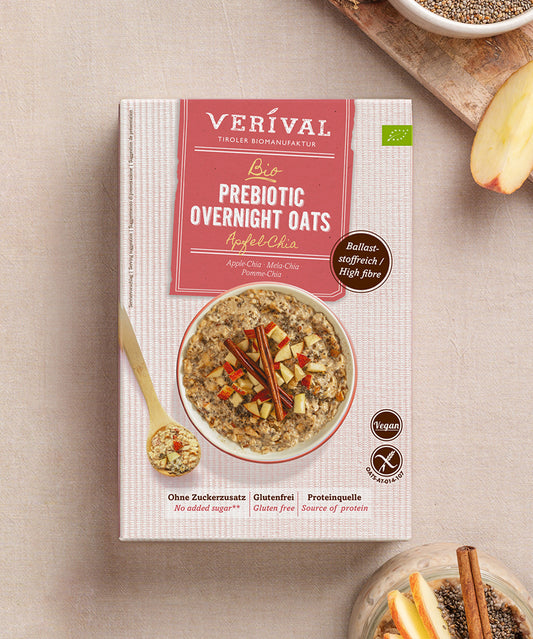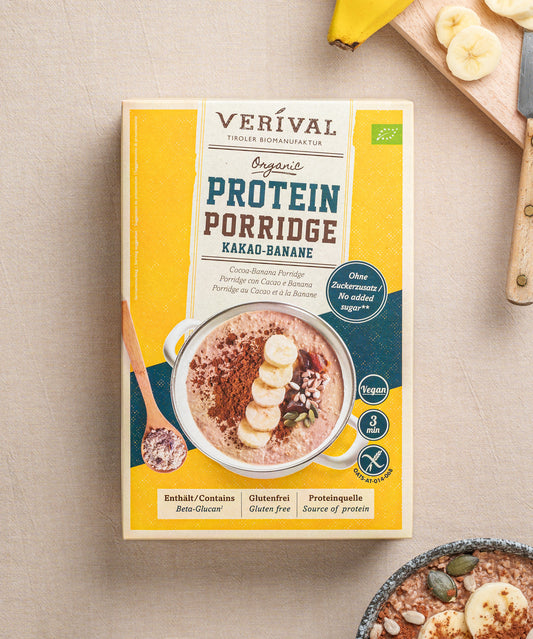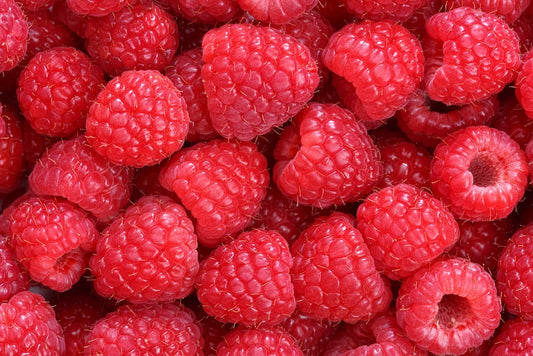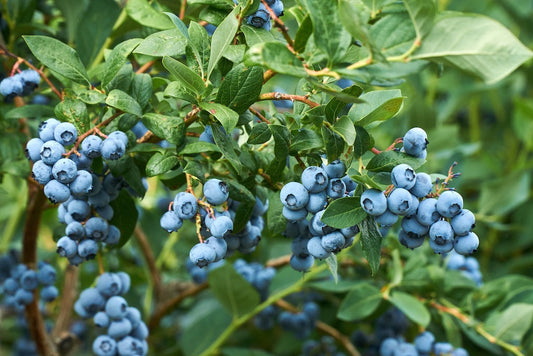Wholemeal. A special type of grain that is incredibly healthy and nutritious. But what exactly is wholemeal?
Wholemeal refers to grain from which only the husks and bran have been removed after harvesting. This means that fibre, vitamins, oils and minerals are perfectly preserved. Whole grains therefore have many important benefits for the body and health: they keep you feeling full for longer, help to maintain a stable blood sugar level and aid digestion. So if you already include a whole grain product in your breakfast, you're doing everything right!
Whole grain has a very eventful history. Nowadays, it is no longer just a grain that is transformed into many different products, but much more than that. It is also a way of life, a commitment to a healthier lifestyle. However, for a long time, whole grain was not seen for what it actually is.
The history of whole grain
Before the technical means to sift out the germ and outer layers were available, flour naturally contained all the components of the grain. In the early days of flour and bread, all flour was whole grain flour. Initially, the grain was eaten raw by hunters and gatherers, and occasionally roasted over a fire. It probably didn't taste very good. 😉
Flour becomes bread
After the Neolithic Revolution began and people settled down, targeted farming and cultivation of plants made it possible to process grain into porridge or flatbread. Grain was also sifted in ancient times. This process helped to reduce the amount of germ and bran. This achieved a level of purity that would correspond to that of wholemeal flour today. However, the grain was usually sold unsifted and made into bread. The ancient physician Galen already spoke of the cleansing and laxative effects of this bread, even though he assumed that it was less nutritious than its sifted counterpart.
The beginnings as a ‘poor man's food’
Early on, black bread or wholemeal bread was considered backward and poor. This was because it was easier to make than bread made from white flour. Wholemeal bread was therefore more common among the poorer lower classes. This distinction was even clearly visible in hospitals, where rich patients and doctors were given white bread, while the rest had to ‘make do’ with black bread.
The wholemeal revolution in the 19th century
It was not until the 19th century that this distinction gradually disappeared. With the advent of nutritional research, it was quickly agreed that wholemeal bread was healthier than white bread. This marked a turning point, and the mostly unloved black bread experienced a considerable upswing – today, a wide variety of wholemeal bread specialities are enjoyed in German-speaking countries.
Unfortunately, black bread also had to endure a dark chapter in its history. During the Nazi era, black bread was promoted as a ‘pure’ and ‘German’ food. Today, black bread is mainly known in Europe. In many parts of the world, however, our favourite type of grain is still considered inferior.
Full of flavour and full of health
Even though many people still tend to avoid whole grains for taste reasons, there are now many dishes that taste incredibly good when made with whole grains. What's more, doctors agree that a diet rich in whole grains is healthier!
Studies have shown that people who made a conscious effort to include whole grains in their diet for 20 years had a lower mortality rate than people who completely avoided whole grains. However, these results are not entirely conclusive. Not because whole grains are unhealthy, but because people who include whole grains in their diet generally pay more attention to their health than people who do not. Nevertheless, we are convinced that whole grains definitely help you feel more energetic and healthier.
Whole grains for breakfast
It is particularly advisable to eat more whole grain products for breakfast. Why? Whole grains are full of fibre, which keeps you feeling full for longer, ensures a constant blood sugar level, aids digestion and prevents a number of diseases. Whole grains are therefore ideal for replenishing the energy stores that have been depleted overnight.
But what is the easiest way to do this? We recommend taking the simplest (and tastiest!) route to incorporating more whole grains into your life and starting the day with muesli or porridge. Another popular option in Austria is the classic black bread: delicious and incredibly healthy.
Verival tip: If you consume a lot of fibre in the form of whole grain products, don't forget to drink enough water, as our digestive system needs fluid to break down fibre properly.
Our recommendation for your daily breakfast: our fruity coconut and apricot muesli or the delicious Bircher porridge. These will definitely get your day off to a healthy start. Another big plus for a nutritious breakfast is that if you eat well and feel healthy, you automatically feel happier. Just give it a try! If you've acquired a taste for it, feel free to browse our range. Simply select the ‘wholemeal’ filter here to find all our wholemeal products in our online shop. Healthy breakfasts you can make yourself.
























